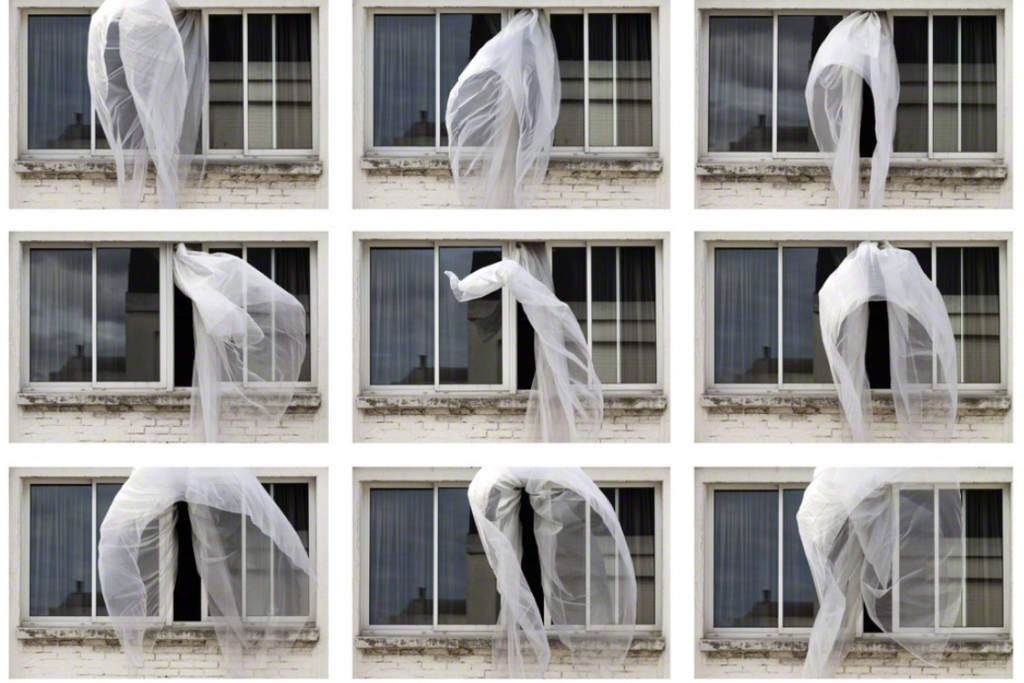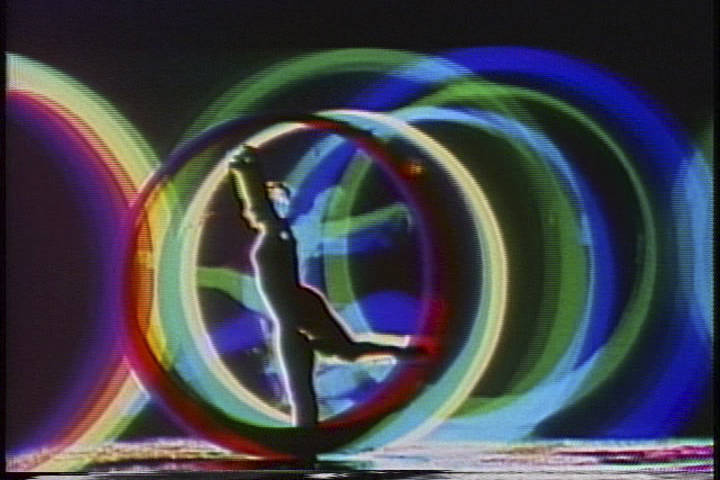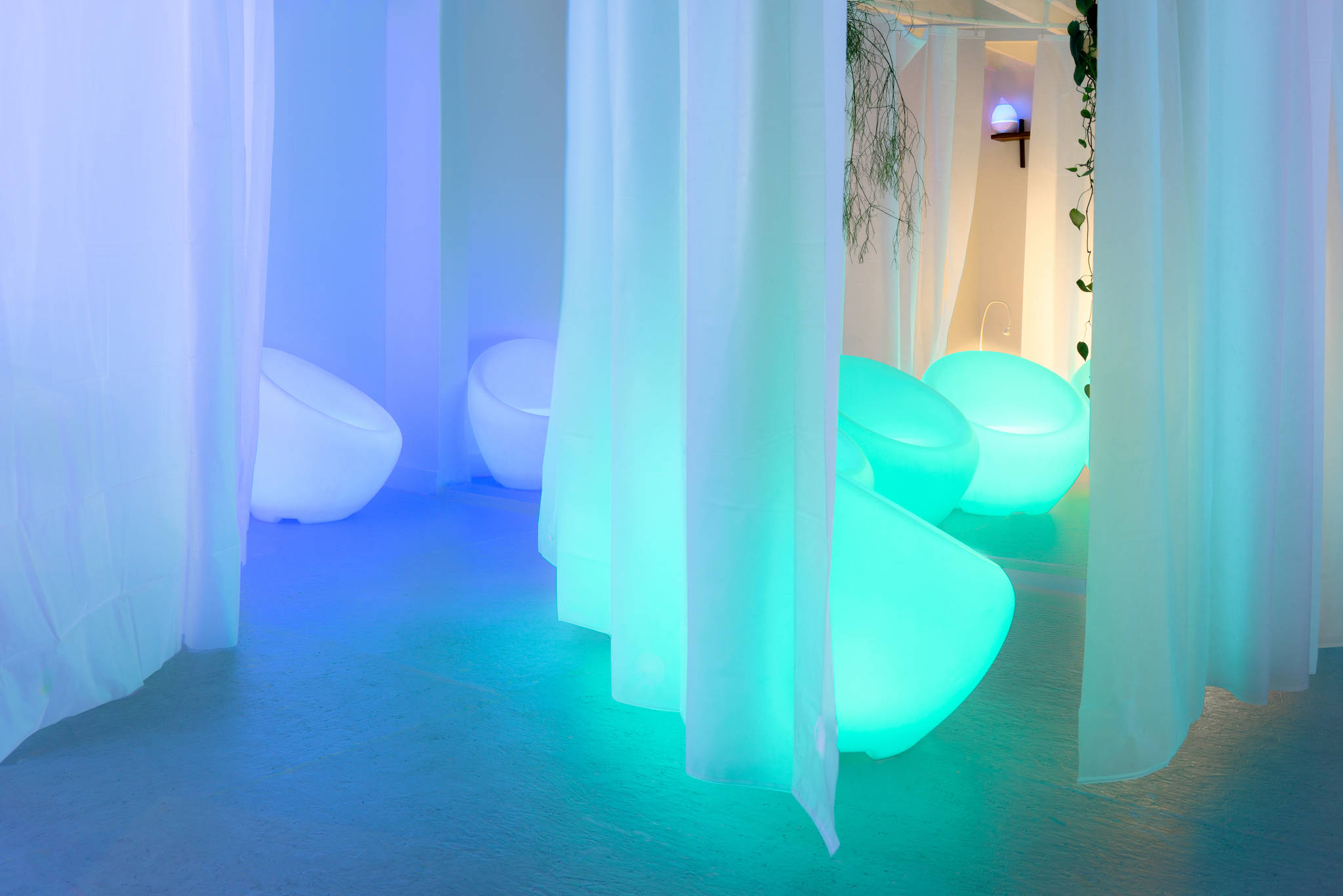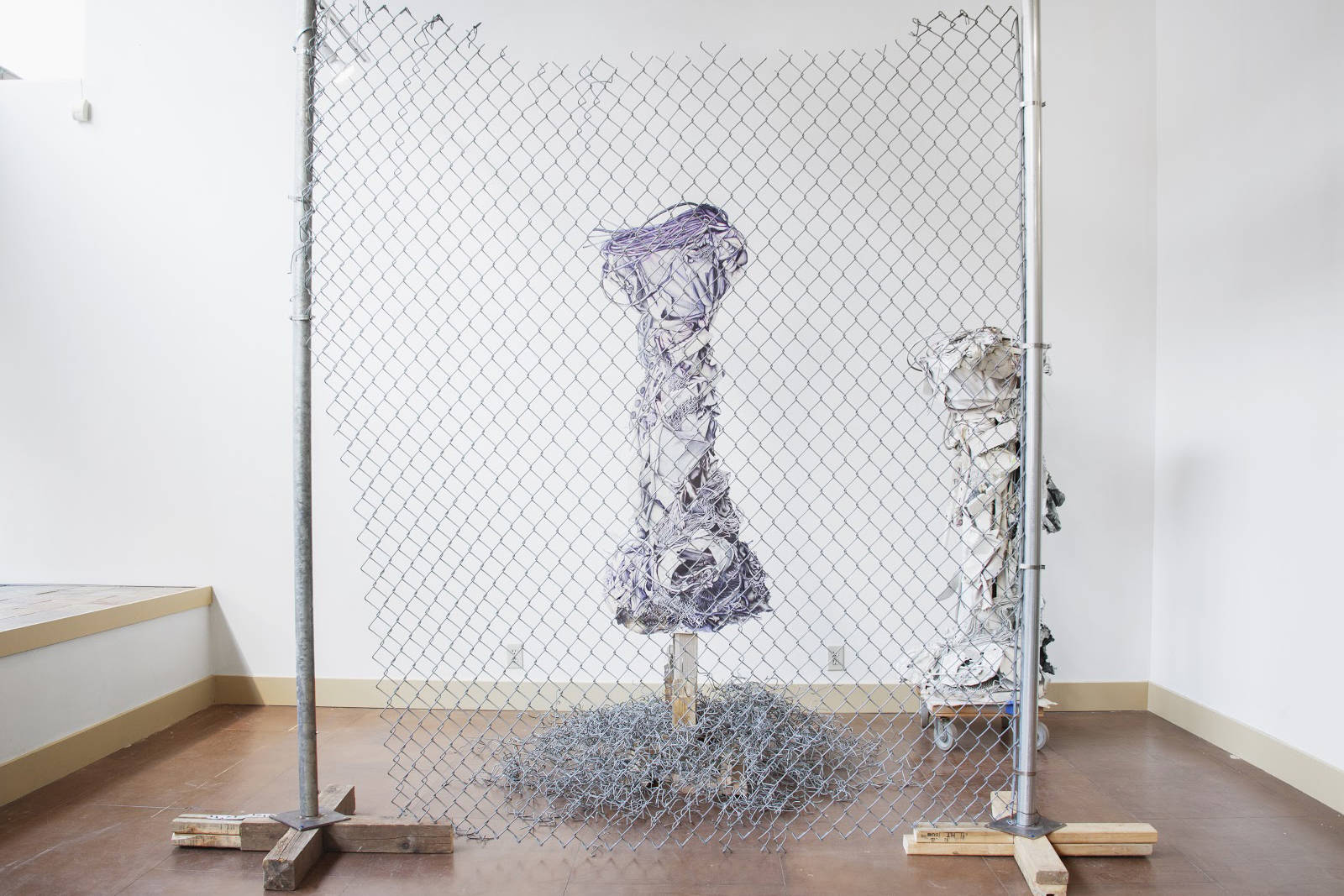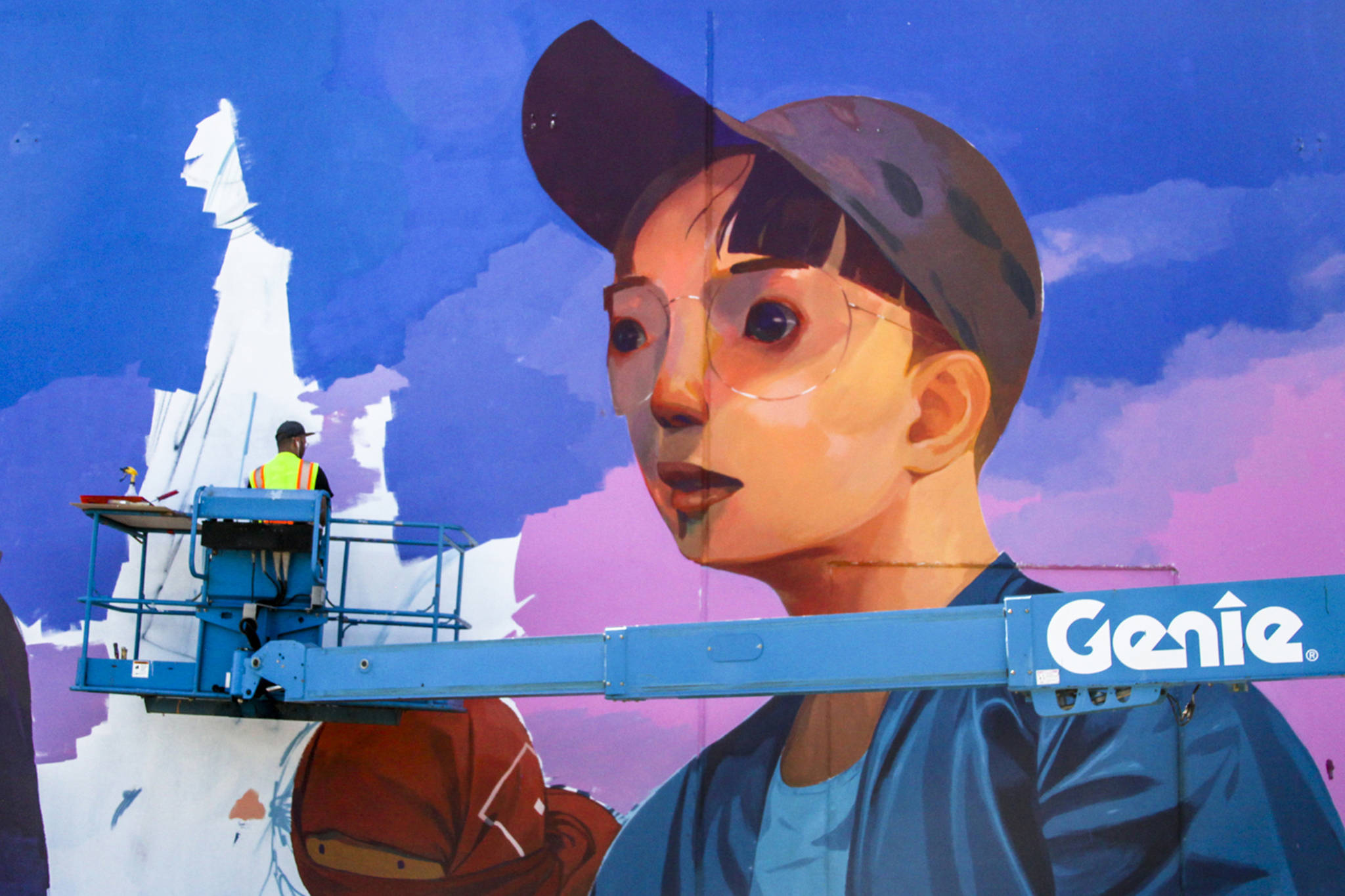Max Fishko, the managing partner of Art Market, is performing his third tour of duty as director of the Seattle Art Fair. He tells me that his company has produced around 70 art fairs in the past seven years—70 highly produced, multimillion-dollar enterprises, all helmed by the same company, and all purporting to represent unique, urban experiences that celebrate the city where they occur. Seattle Art Fair is a partnership between tech billionaire Paul Allen’s Vulcan and Fishko’s production company. Starting this Thursday, nearly 100 galleries will bedeck their booths in the 200,000-square-foot CenturyLink Field Event Center to present attendees with a glitzy conglomerate of artworks from around the world.
I ask Fishko how Seattle compares to other cities he’s worked in, and he draws connections to San Francisco, noting the similarities between both cities’ prosperous tech communities and their strong connection to the Pacific Rim. He also finds a similar rebelliousness in the cultural history of these Western outposts: “It’s interesting how independent everybody is in the San Francisco art scene,” he says. “There isn’t a real sense of follow-the-leader the way you feel it in other places.”
A clear link is being drawn at this year’s Fair between Seattle’s anti-authoritarian politics and its cultural milestones. The political outbursts of the late ’80s and early ’90s are symbiotically intertwined with the aggressive guitars and sweaty mosh pits that still ring out as our city’s most instantly recognized artistic export: grunge and its patron saint Kurt Cobain. The Nirvana leader left behind various notebooks and paintings that will feature prominently at this year’s Fair as, unsurprisingly, its marquee attraction.
While many celebrate the Fair’s arrival, others question Paul Allen’s motives. While no one, arguably, has done more financially for Northwest art, Allen’s many-tentacled endeavors (including this year’s debuting Upstream Music Festival) leave many wondering about his priorities. And to those who suspect that cultural philanthropy serves as hush money for other issues that the tech industry begets—housing affordability, neighborhood displacement—Seattle Art Fair can seem like an expensive, rarefied Band-Aid. These events leave local artists pondering the role of billionaires in not only funding, but shaping the city’s cultural experiences.
Art fairs in general are controversial, with some new journalist decrying their irrelevance as often as they occur (this year, Art-Collecting counts more than 90 nationwide). The design template is set: Hundreds of makeshift plywood walls are assembled into booths that explode into seemingly interminable rows through which crowds swarm under high-wattage lighting. These fairs seem like corporate behemoths. While the spaces are built like IKEA showrooms, art fairs are more similar to luxury shopping clusters in Bellevue Square: exclusionary, surveilled, antiseptic. For events that claim to prioritize art, art fairs are awful environments for actually viewing it: loud, crowded, bright, with artworks are thrown together with an indifference to compatibility. If you are invested in the potentiality of art as activism or social change, it’s natural to feel funny about art fairs, which produce extreme displays of wealth and exclusivity and strip artworks of context and value beyond its financial capital.
 Courtesy Seattle Art Fair
Courtesy Seattle Art Fair
I share with Fishko these criticisms, some of which are mine and some second-hand, and he patiently listens. “Look,” he responds, “I get it. Art fairs may appear as a monolithic corporatization of something and has its ties to suspicions of money and tech bros. We strive to bring a level of professionalism and care. That doesn’t mean that this is a Walmart. We are trying to create a national and international standard for the way that kind of dialogue functions.”
“The opportunity for local galleries to participate in this fair is higher than other fairs,” Fishko explains. “They can just put stuff in their car and take part in a world-class event. They have clients in the area. Local artists will be shown and seen by collectors all of the world. This is important energy that’s being pushed back into the city.” Gallerist Sharon Arnold echoes this sentiment: “I think this is such an important, galvanizing event for the city.” Arnold is the founder of Bridge Productions, which will have a booth at this year’s Fair. “The benefit for smaller galleries like mine is exposure, and not having to travel for a fair to reach out to a new audience. It’s such a great opportunity for people in Seattle who can’t always make it to larger cities in the U.S., London, or Hong Kong to see what’s going on there.”
A huge asset of Seattle Art Fair is the non-commercial aspect— its public programs—which are coordinated primarily by artistic director Laura Fried. Last year Fried generated excitement for the Fair by bringing Kyle MacLachlan and Carrie Brownstein together for a conversation about growing up in the region. While MacLachlan, originally from Yakima and regaining attention for the Twin Peaks reboot, was a smart choice for engaging the general public, my personal highlight from last year’s Fair was Star Formation by performance artist Dawn Kasper. The installation of 80 used drum-kit cymbals was wired with sensors that would vibrate to motion, soundtracking each passing visitor with a unique sound composition. In an article for The New York Times, Kasper says that she imagined “the fading echoes of a great Seattle rock show, in the resonant hum of a crashing cymbal.”
 Star Formation, Dawn Casper. Seattle Art Fair 2016. Photo courtesy of Laura Fried
Star Formation, Dawn Casper. Seattle Art Fair 2016. Photo courtesy of Laura Fried
This year, Fried enlisted local art favorites Clyde Petersen and Tariqa Waters for a talk. “With two-person talks, it’s really essential that these people are mutual admirers,” Fried shares. “It’s more complicated than organizing five-person panels because you have to get the duo right.” Fried is bringing Portland-based artist Ellen Lesperance’s W.I.T.C.H. 1985, a “collection of fabricated garments that celebrates the legacy and continuing significance of the feminist activist group Women’s International Terrorist Conspiracy from Hell (W.I.T.C.H.).” Fried is also curating public installations around the city that don’t require a Fair admission fee—such as Dylan Mira and Erika Vogt’s installation Pool at Union Station Square, which will consist of “sculptural platforms referencing spa materials, ancient baths, architectural models, memorials, and spells while a specially formulated herbal mist spreads throughout the space.”
The Fair effects ripple beyond CenturyLink and into the city, channeling the local scenes’ usually fractured energies and efforts, uniting people to act on (or at least to think about) what kind of art we want in our lives and how. The Fair has developed a Christmas-like aura for the arts in August, and has generated an ever-growing number of satellite exhibitions, such as the more independently produced but equally robust Out of Sight.
Critic Nicholas Korody writes that art fairs, with their prestige and extravagance, often feel like “an encapsulation of not just the fallaciousness of any art-world claims to political legitimacy, but also the disturbing suspicion that art has become merely its market and that aesthetic values have been unilaterally replaced by financial value and cultural capital.” Further, there is anxiety around the Fair’s lifespan—might it become yet another Seattle project that dramatically kicks up a plume of dust, like a horse preparing for a race, but only manages to run a few laps before losing steam? When it comes down to it, even with its irreconcilable issues, the Seattle Art Fair seems good for the city. This week, let’s show up for art. Let’s also discuss its sticky relationship to money and power, and how we want to see our art scenes grow. Seattle Art Fair, CenturyLink Field Event Center, 1000 Occidental Ave. S., seattleartfair.com. Prices vary. All ages. Thurs., Aug. 3–Sun., Aug 6.
visualarts@seattleweekly.com
